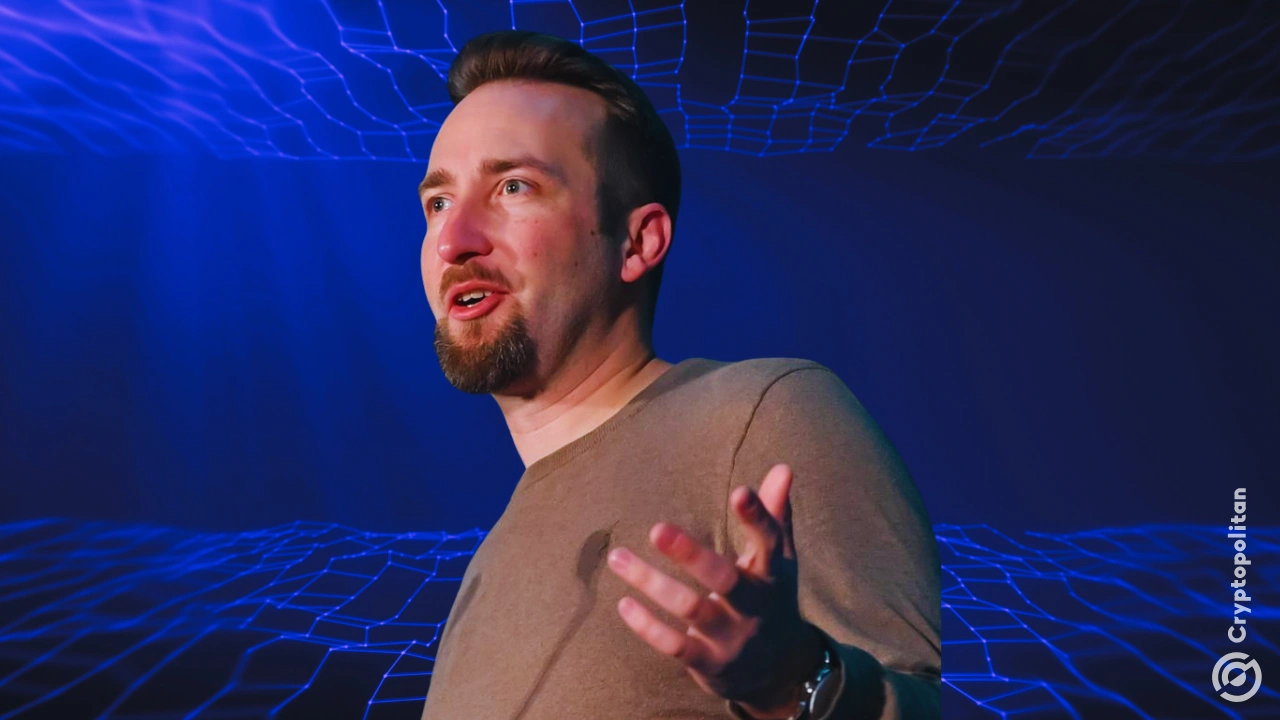
In 2017, Brendan Greene, or “PlayerUnknown,” kickstarted the battle royale craze with PlayerUnknown’s Battlegrounds. Now, Greene has an even bigger goal, a metaverse, but not in the usual way.
In an interview with IGN, Greene said he wants to create a “3D internet.” However, unlike current metaverse efforts, which Greene dismisses as “IP bubbles,” his vision is of interconnected worlds that work on shared protocols like webpages do with the Internet.
“See, the Metaverse is a 3D internet. You should be able to create your own worlds and just have them all operating on the same protocol, like HTTP. So a world is a page, and that’s what I’m trying to do with Artemis.” ~ Brendan Greene
The project, called “Artemis,” will allow users to create, modify, and share these worlds freely. Greene’s studio, PlayerUnknown Productions, is developing three games in preparation for Artemis.
Players are already testing early versions of Prologue
The first is “Prologue,” which is divided into survival gameplay and high-tech terrain generation. Using machine learning and NASA data, Prologue’s terrain engine, Melba, produces realistic, customizable worlds with billions of maps available. The game is up for testing and will be launched by 2025.
Game Two (still unnamed) will experiment with large-scale multiplayer gameplay, with millions of characters in a vast world. Both games are stepping stones to perfecting the technology and concepts necessary for their creation.
The third game is Artemis. The first two games will somewhat serve as trials for PUBG’s creator’s ultimate vision of the “Artemis” metaverse.
What will Artemis be like?
Artemis aims to host millions of people simultaneously in such worlds, which will effectively be 3D webpages that you can create and travel through. Greene says that it is like Minecraft and Star Trek Holodeck, with a core game experience built entirely on the power of endless user-driven creativity.
Moreover, Greene imagines Artemis as a platform like an open internet without anyone’s control.
One of the things he’s working on is how to do content moderation. This included empowering communities to ban disruptive users from moderating without relying on an all-powerful central authority. He concedes, however, that many of the challenges, legal and ethical, remain unsolved.
Greene says Artemis won’t be ready for another ten to fifteen years. It’ll be platform agnostic, playable on everything from high-end PCs to mobile phones, and hopefully accessible to players worldwide.
NFTs will not be a part of Greene’s metaverse
Greene clarifies that NFTs aren’t part of the plan, though he would be open to using blockchain. He said, “It’s an interesting tech, and I think it can be used if it’s useful, but otherwise, we’ll use what is the best at the time.”
However, Greene admits that there are tough times ahead in this industry. Artemis’s funding will come from Prologue’s success, but he’s sure that his team and their vision can do well. Greene wants to empower creators and focus on fun, so Artemis doesn’t only reinvent gaming but also helps shape a healthier, more innovative industry.
His ambition might be on a scale, but Greene still believes in his project. “We need a platform where people can just create and not worry that you’ve got an exec team shooting it,” he says. Greene wants Artemis to be part of the next generation of creators, just like he was a part of PUBG.
From Zero to Web3 Pro: Your 90-Day Career Launch Plan










